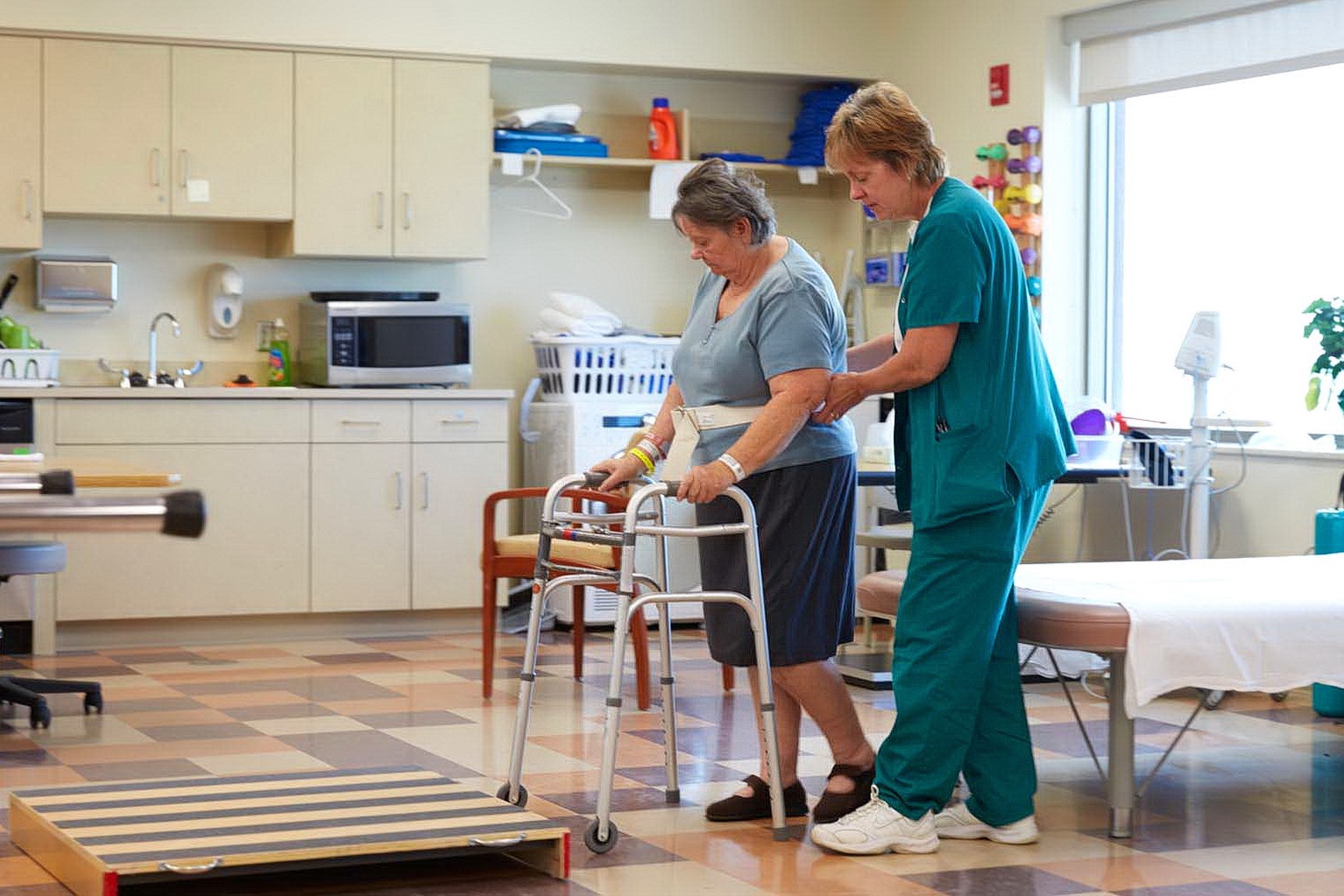
Occupational therapy: who it is for and how it works
Occupational therapy: we hear about it more and more often in recent years as a rehabilitation therapy, in cases of disability, or of children or adults suffering from physical or mental illnesses or disorders
It is occupational therapy, a rehabilitation discipline that promotes health and wellbeing through occupation, i.e. the use of everyday, manual and recreational activities to improve a person’s physical, cognitive, social and psychological adaptive capacities.
What is occupational therapy
Occupational therapy is a rehabilitation discipline that, using the multiple activities of daily life as a privileged medium, through an intervention that can be individual or group, involves the person in their entirety in order to improve their quality of life.
By occupations is meant the set of activities of daily living that are meaningful for one’s cultural context, appropriate to one’s age, chosen, organised and carried out by each individual to take care of oneself and contribute to the economic and social life of the community.
Occupations, in particular, are usually divided into the following 3 areas
- self-care: dressing, eating, washing, etc;
- productive activities: work or school;
- leisure: sports, gardening etc.
Occupational therapy, in other words, intervenes in the prevention, treatment and rehabilitation of people suffering from physical and mental illnesses and disorders, whether with temporary or permanent disabilities, using expressive, representative manual, playful, everyday life activities.
In this way, patients are actively involved in the rehabilitation process and the results of occupational therapy are diversified and adapted for each individual.
Occupational therapy, a ‘tailor-made’ rehabilitation pathway
The activities offered to patients as part of occupational therapy are carefully selected and graded according to the person’s needs and wishes.
Furthermore, components such as:
- age;
- social context;
- illness of the individual.
Through observation and analysis of the person’s occupational performance, the Occupational Therapist assesses and designs the patient’s rehabilitation programme to promote participation in daily life, also intervening in living environments such as home, school or workplace.
Every patient has a baggage of stories and emotions that they bring with them during treatment, a baggage that they share and that defines them.
Occupational therapy uses this baggage to recover or compensate for lost abilities.
Occupational therapy prevents, treats and rehabilitates
- persons of developmental age (from birth to 18 years) suffering from conditions including cerebral palsy or learning disabilities, attention deficit hyperactivity disorder and autism spectrum disorders;
- people of geriatric age in order to ensure the maintenance of independence in daily life and to prevent risks.
- people with neurological diseases including stroke, head injury, multiple sclerosis and Parkinson’s disease;
- people with rheumatological and orthopaedic diseases including arthrosis, rheumatoid arthritis and fractures;
- people with psychiatric conditions including schizophrenia, bipolar disorder and depression.
How occupational therapy works
The occupational therapy process, as already mentioned, takes into account the individual’s personal history, expectations, occupations, routines, family history and current social and living conditions.
All this information is gathered through the interview and initial assessment.
The initial assessment is aimed at detecting limitations and residual capacities of the individual by means of:
- standardised tests
- individualised interviews;
- observation of the individual’s performance in his/her daily life context.
The results of these assessments enable the drafting of short-, medium- and long-term goals formulated in accordance with the person’s interests.
Following the definition of the objectives, an intervention plan is drawn up, through which the occupational therapist identifies the most appropriate strategies for each individual to achieve the greatest possible autonomy in activities of daily living and work, and deals with the removal of architectural barriers in the individual’s living environment.
Throughout the duration of the intervention, the occupational therapist provides constant evaluation of any changes in order to monitor the achievement of objectives until the end of the rehabilitation process.
Read Also:
Emergency Live Even More…Live: Download The New Free App Of Your Newspaper For IOS And Android
The Vestibular Rehabilitation Of Vertiginous Patients
Headaches And Dizziness: It Could Be Vestibular Migraine
Migraine And Tension-Type Headache: How To Distinguish Between Them?
First Aid: Distinguishing The Causes Of Dizziness, Knowing The Associated Pathologies
Cervical Dizziness: How To Calm It Down With 7 Exercises


